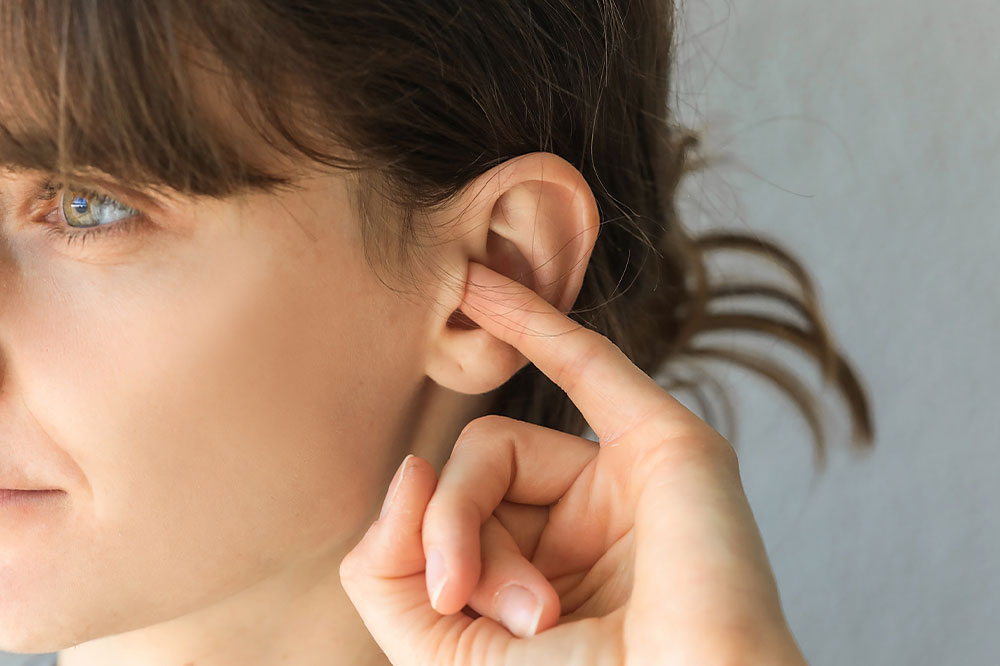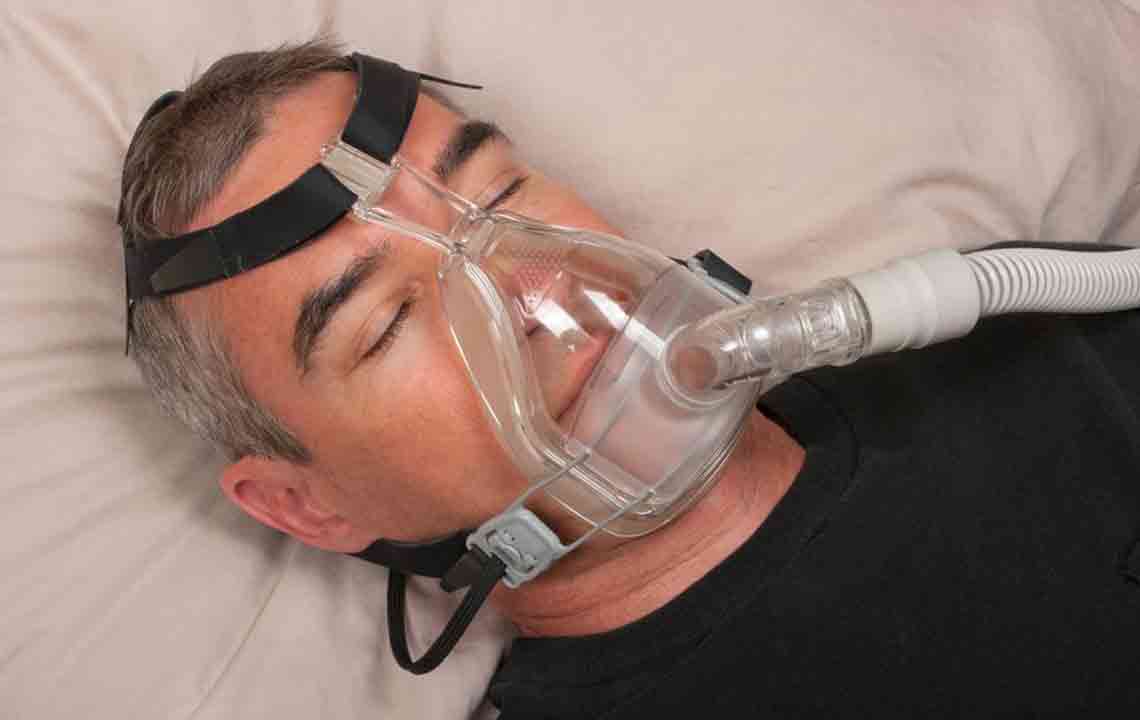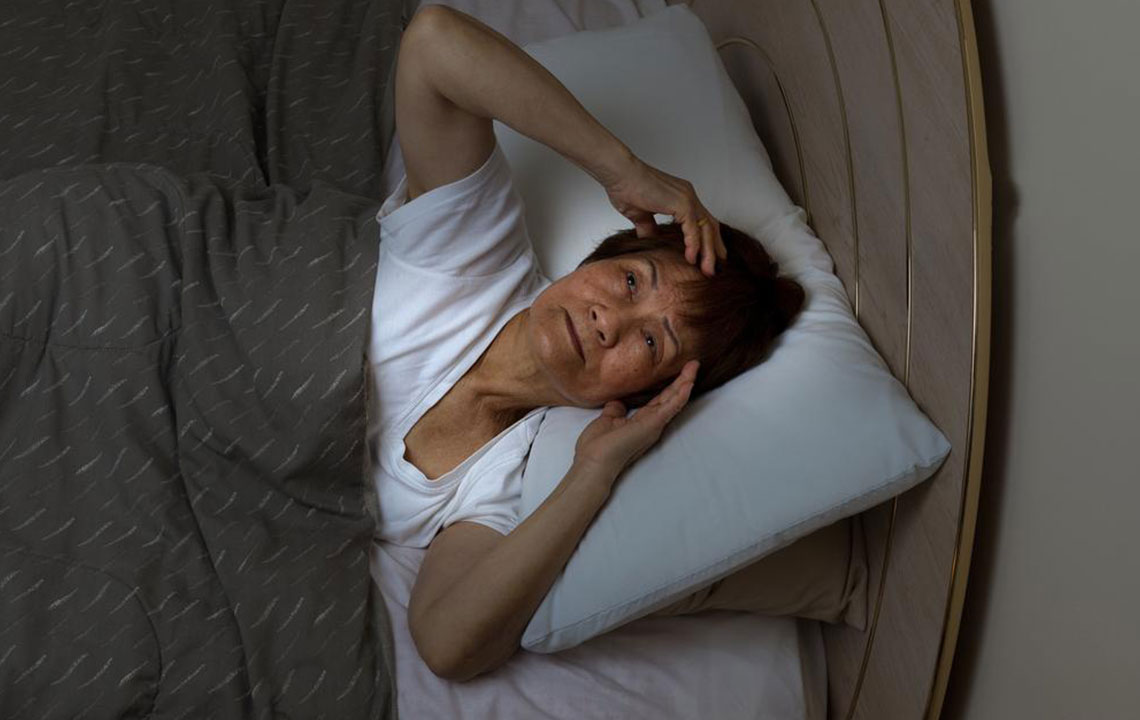Comprehensive Guide to Ear Blockage: Causes, Symptoms, and Effective Treatments
Ear blockage can cause discomfort and hearing loss, often due to pressure imbalances or infections. Recognizing symptoms early and applying effective remedies can resolve many cases. This comprehensive guide discusses causes, preventive measures, home treatments, and when to see a doctor to protect your ear health and prevent complications.

Comprehensive Guide to Ear Blockage: Causes, Symptoms, and Effective Treatments
Have you ever experienced a persistent feeling of fullness, muffled hearing, or difficulty understanding sounds? These are common signs of ear blockage, a condition that can stem from various causes and may require prompt attention to prevent worsening symptoms or complications. Understanding the underlying reasons for ear congestion, recognizing the symptoms early, and knowing the best approaches to treatment can help maintain your ear health and safeguard your overall well-being.
Ear blockage, also known as ear congestion, occurs when there is an obstruction or imbalance of pressure within the ear structures, impairing normal hearing and comfort. While often benign, such issues can be indicative of underlying health concerns if left untreated. Timely intervention is vital to avoid potential risks such as infections, long-term hearing loss, or balance disturbances.
What Causes Ear Blockage and When Should You Seek Medical Help?
Understanding the common causes of ear congestion is the first step in effective management. Ear blockage can occur when there is a physical obstruction or when pressure differences develop between the middle ear and the external environment. These issues often involve the Eustachian tube, a small canal that connects the middle ear to the back of the nose and throat, playing a central role in equalizing pressure.
When the air pressure outside the ear differs substantially from that in the middle ear, blockage can result, leading to discomfort and hearing difficulties.
If the Eustachian tube becomes blocked or fails to open properly, pressure can build up, causing a sensation of fullness or muffled hearing.
Blockages can also arise from infections, fluid accumulation, or physical obstructions like earwax buildup.
Common Causes of Ear Congestion
Several factors can contribute to the development of ear blockage, ranging from lifestyle choices to health conditions. Recognizing these causes can help in prevention and timely intervention.
Exposure to Environmental Irritants: Cigarette smoke is a well-known irritant that can inflame the lining of the Eustachian tube and middle ear, increasing congestion risk.
Forceful Nose Blowing: Impacted pressure from blowing the nose too hard can cause a sudden imbalance in ear pressure, leading to blockage.
Cold, Sinusitis, and Nasal Congestion: Infections or allergies that cause nasal swelling can block the Eustachian tube, resulting in ear fullness and muffled sounds.
Middle Ear Infections: Otitis media, characterized by pus formation and inflammation, often causes fluid buildup behind the eardrum, impairing hearing.
Altitude Changes and Air Travel: Rapid changes in altitude during flights can disrupt pressure equilibrium, causing temporary ear blockage and discomfort.
Practical Strategies to Relieve Ear Congestion
While some cases of ear blockage resolve spontaneously, there are effective home remedies and lifestyle adjustments to alleviate symptoms.
Stay Hydrated: Drinking plenty of fluids helps thin mucus secretions, thereby easing drainage from the middle ear.
Gentle Pressure Equalization: Techniques like swallowing, yawning, or the Valsalva maneuver (gently blowing with the nose pinched closed) can help open the Eustachian tube.
Use Over-the-Counter Decongestants: Medicinal nasal sprays or oral decongestants can temporarily reduce swelling of the nasal passages and Eustachian tube, alleviating blockage.
Avoid Smoking and Irritants: Smoking exacerbates inflammation and should be avoided to prevent worsening ear issues.
Water Removal from Ear Canal: After swimming or bathing, tilting the head to the side and gently pulling the earlobe can help dislodge trapped water. Hydrogen peroxide drops can be used cautiously for water removal.
Precautions When Using Medication
Medications can provide relief but should be used wisely to avoid adverse effects.
Pain Relievers: Over-the-counter medications like acetaminophen or ibuprofen can help reduce pain and inflammation associated with ear congestion.
Decongestants: Always follow dosage instructions and use nasal sprays for no more than 3-5 days to prevent rebound congestion.
Consult Healthcare Professionals: Especially for children under 12 or if symptoms persist, it's essential to seek medical advice before taking any medications.
Be Alert to Side Effects: Oral decongestants may cause dizziness, increased heart rate, or nervousness.
Recognizing Signs of Serious Conditions
While most cases of ear blockage are benign, certain symptoms warrant prompt medical evaluation:
Development of fever accompanying ear congestion, suggesting infection.
Persistent or worsening hearing loss or deafness.
Difficulty maintaining balance or episodes of dizziness, indicating inner ear involvement.
Prolonged or recurring congestion despite home treatment efforts.
Severe pain, swelling, or discharge from the ear.
When to Consult a Healthcare Provider
If you experience any of the above symptoms or if congestion persists beyond a few days, schedule an appointment with an ear specialist or otolaryngologist. Early diagnosis and treatment can prevent complications such as permanent hearing loss, chronic infection, or inner ear damage.
In conclusion, ear blockage is a common condition with various causes, including infections, pressure imbalances, and environmental factors. Recognizing the symptoms early and applying effective home remedies can often resolve minor cases. However, understanding when to seek medical assistance is crucial to prevent serious health issues. Prioritize ear health by adopting healthy habits, avoiding irritants such as smoke, and seeking professional care when necessary.





